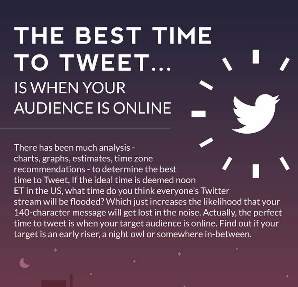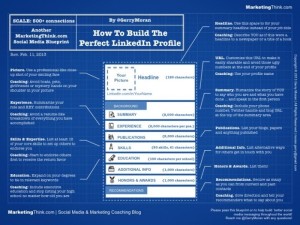Learn how one business used a virtual focus group to gather data and surfaced an unexpected insight that changed their whole campaign strategy.
Understanding your target customer is essential to crafting messaging that results in impactful campaigns. The importance of uncovering the right insight is a struggle that all companies face. It’s a tale of two insights where not all are created equal. To articulate this point, let’s use a real example from a large, Fortune 500 company – we’ll call them “Corporation X.”
Corporation X sought to reinvent their cat litter product, which was losing market share to their competitors. To boost sales, the company was prepared to address the basics: price, packaging and/or positioning. But which factor would have the most impact on consumer purchasing behavior? It would be up to the research team to design a study to gather the data necessary to make an objective decision.
As it turned out, it wasn’t any of the traditional factors that pushed consumers to another product. It was, in fact, something completely different; something the team hadn’t even considered. Consumers found that this particular kitty litter left a dusty residue that their cat(s) would trace all over. This was the catalyst for switching to the competitor’s product.
Ask the right questions
Most marketers are familiar with traditional forms of gathering data – surveys and focus groups. In either setting, what is asked of the consumer is critical.
If Corporation X had decided to conduct a traditional survey, they would have gathered insights but not the one that would have made a significant impact. Instead, they chose to engage a large-scale virtual focus group with 131 participants in a real-time conversation that revealed the unexpected, actionable insights.
Corporation X’s methodology for gathering the data also applies to the questions asked. Structure is key: start with broad questions and then move to a more pointed line of questioning. This allows those posing the questions first to assess all the variables that may exist, and then hone in on specifics to better understand common themes that arise.
In the instance of the cat litter, Corporation X started with broad questions that sought to capture general attitudes about the product category (i.e., what phrases come to mind when you think about your experience with cat litter?). As participants’ responses came in, the questions posed became more narrowly focused (i.e., what is the biggest difference between Brand X and Brand Y?). This approach allowed Corporation X to uncover consumer-driven insights and avoid leading questions that may have skewed responses (i.e., why is lightweight litter less messy?).
Had the team at Corporation X designed research limited to understanding only consumer preference around price, packaging or brand positioning, the product issue would not have been uncovered. The team may have found out that consumers preferred the blue packaging of the competitor’s product to the purple packaging of their cat litter, but it would have been an insight that when executed against, would not have had an impact.
Do not make assumptions
Arguably the two most important factors in the data-gathering process are defining what it is you’re trying to comprehend and work with the right data set.
In the case of the cat litter, the focus on the impact of purchasing decisions rather than assuming the potential reasons and asking consumers to validate them made all the difference. The variance may be slight, but had a measurable influence on consumer behavior.
Let consumers surface truth
It can be easy to achieve a self-fulfilling prophecy in this type of exercise. If Corporation X believed that price or packaging was the main driver of its declining sales, the research and results could validate that reasoning. But keeping an open mind in the data gathering process – rather than relying on preconceived feelings or opinions – is key to surfacing the insights that matter most.
Opinions expressed in this article are those of the guest author and not necessarily Marketing Land. Staff authors are listed here.
Marketing Land – Internet Marketing News, Strategies & Tips
(74)








